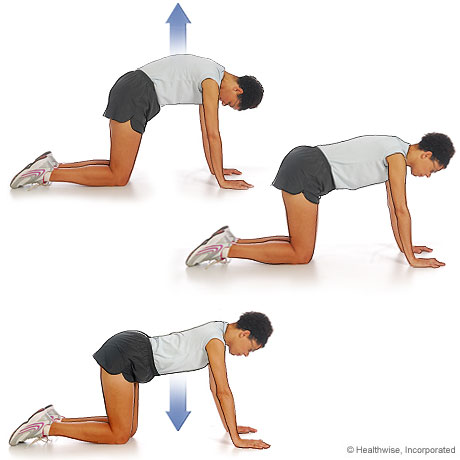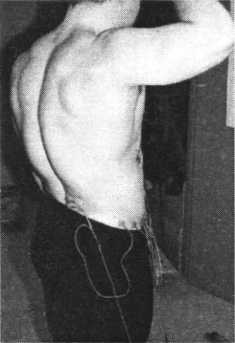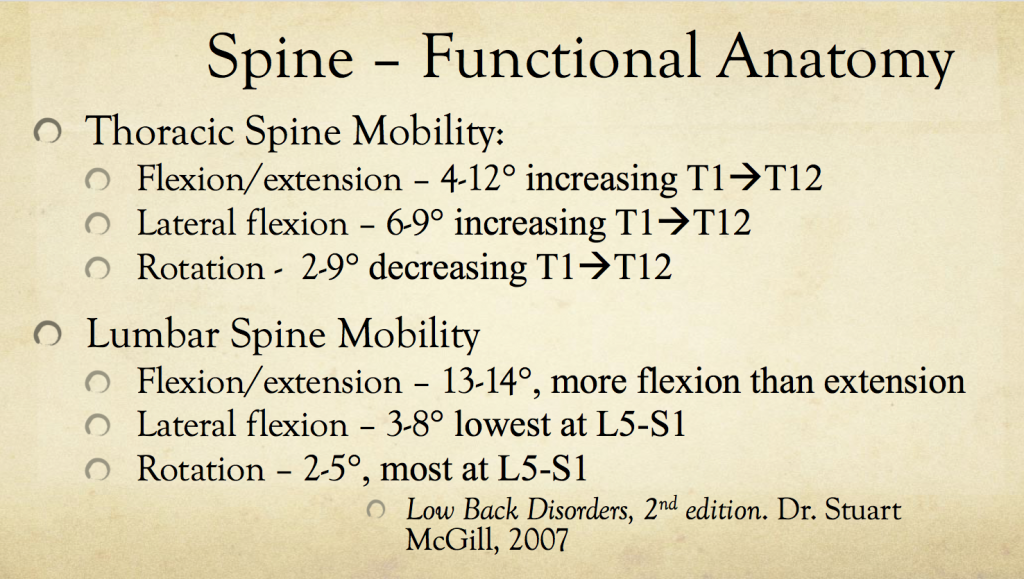How to Not Screw Up the Segmental Cat Camel
The cat camel stretch is a drill that I often see being taught or explained, but unfortunately it looks more like a modified twerk than something designed to provide movement control through the spine. I mean, if you’re rocking this sucker so fast that you’re more closely resembling a seizure than controlled motion, you’re likely doing it wrong.

It’s not just up and down, but all around.
In many instances, you’ll see someone doing a fantastic job of hinging their spine through one or two joints, typically right where the thoracic spine meets the lumbar spine at a joint commonly referred to as the TL junction, and maybe a little through the lumbar spine into extension, and a lot through the thoracic spine into flexion. If this is a common area that the person does all of their extension or flexion from, they’ll likely develop some significant hypertrophy through the erector spinae in that region, with less development from the segments that don’t move around as much.

Now the downside to only moving through one segment of the spine versus from all of them comes down to a couple of key things that likely don’t bode well. First, that zone doing all the work means it’s going to get tired quickly, and likely wear down faster than others. If you drive flexion from here instead of from your hips, you could expose your low back to an increased force arm that causes a lot of shear pressure to the posterior aspect of the discs around L3 to S1, and could initiate disc damage that leads to bulges or herniations.
By moving from that zone and not from the others, you’re less likely to control motion from the other segments if they ever do move out of the isolated range of motion that they always exist in. If those other segments don’t move, the tissue around them will get weaker or less easily stretch and recoil that may happen with a change in position.
The spine does have a very significant range of motion available to it through each of the spinal segments from the thoracic spine and lumbar spine. The key feature of the segmented cat camel is to actually use these segments through the available and pain-free ranges of motion, with some level of control.

So because of this, I wanted to show how to do the cat camel in a managed and controlled manner. In the video below, I show the first rep looking like a pile of hot garbage. The spine hinges at the TL junction and motor control is all over the place with nothing consistent actually happening. In the second rep, I actually do it kind of well and show the segmental motion through each joint along the spine from the tailbone up.
This is a fantastic assessment you can do as a trainer, therapist, or even if you want to check out how you move on your own. Set up your phone and video yourself doing these and see if you can move nice and smoothly through the entire spine or if you hinge like a rusty door. It works well to see if you have control over each segment and what areas you have no control over. If a range of motion hurts, it’s a great indicator to get in front of someone who can help you get that range of motion back without pain and help you get into continuing to use the range while strengthening the pattern.
For more information on spine and core training, pick up a copy of my video series Advanced Core Training.

2 Responses to How to Not Screw Up the Segmental Cat Camel